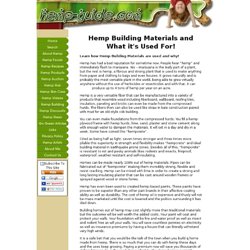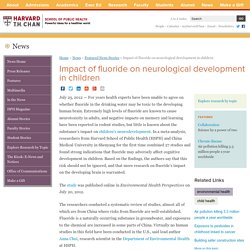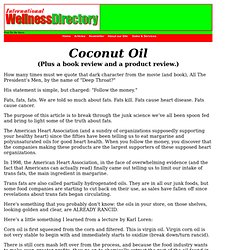

The Worst Noises in the World: Why We Recoil at Unpleasant Sounds « Neuroscience « WiSci. Heightened activity between the emotional and auditory parts of the brain explains why the sound of chalk on a blackboard or a knife on a bottle is so unpleasant.

In a study published today in the Journal of Neuroscience and funded by the Wellcome Trust, Newcastle University scientists reveal the interaction between the region of the brain that processes sound, the auditory cortex, and the amygdala, which is active in the processing of negative emotions when we hear unpleasant sounds. Brain imaging has shown that when we hear an unpleasant noise the amygdala modulates the response of the auditory cortex heightening activity and provoking our negative reaction. “It appears there is something very primitive kicking in,” says Dr Sukhbinder Kumar, the paper’s author from Newcastle University.
“It’s a possible distress signal from the amygdala to the auditory cortex.” Most Unpleasant Sounds Rating 74 sounds, people found the most unpleasant noises to be: Least Unpleasant Sounds. Spirit Science 1 ~ Thoughts. Amazing Facts. The Illusion of Reality - Consciousness & Quantum Theory. Hemp Building Materials. Learn how Hemp Building Materials are used and why!

Hemp has had a bad reputation for sometime now. People hear “hemp” and immediately flash to marijuana. Yes – marijuana is the leafy part of a plant, but the rest is hemp, a fibrous and strong plant that is used to make anything from paper and clothing to bags and even houses. It grows naturally and is probably the most versatile plant in the world, being able to grow virtually anywhere without the use of herbicides or insecticides and with that, it can produce up to 4 tons of hemp per year on an acre. Hemp is a very versatile fiber that can be manufactured into a variety of products that resemble wood including fiberboard, wallboard, roofing tiles, insulation, paneling and bricks can even be made from the compressed hurds. You can even make foundations from the compressed hurds.
Homes can be made nearly 100% out of hemp materials. Hemp has even been used to created hemp-based paints. Impact of Fluoride on Neurological Development in Children - July 25, 2012 -Features. July 25, 2012 — For years health experts have been unable to agree on whether fluoride in the drinking water may be toxic to the developing human brain.

Extremely high levels of fluoride are known to cause neurotoxicity in adults, and negative impacts on memory and learning have been reported in rodent studies, but little is known about the substance’s impact on children’s neurodevelopment. In a meta-analysis, researchers from Harvard School of Public Health (HSPH) and China Medical University in Shenyang for the first time combined 27 studies and found strong indications that fluoride may adversely affect cognitive development in children. Based on the findings, the authors say that this risk should not be ignored, and that more research on fluoride’s impact on the developing brain is warranted. The study was published online in Environmental Health Perspectives on July 20, 2012. * This sentence was updated on September 5, 2012. Read a September 2012 statement by the authors. Coconut Oil. How many times must we quote that dark character from the movie (and book), All The President’s Men, by the name of "Deep Throat?

" His statement is simple, but charged: "Follow the money. " Fats, fats, fats. We are told so much about fats. Fats kill. Fats cause heart disease. The purpose of this article is to break through the junk science we’ve all been spoon fed and bring to light some of the truth about fats. The American Heart Association (and a sundry of organizations supposedly supporting your healthy heart) since the fifties have been telling us to eat margarine and polyunsaturated oils for good heart health.